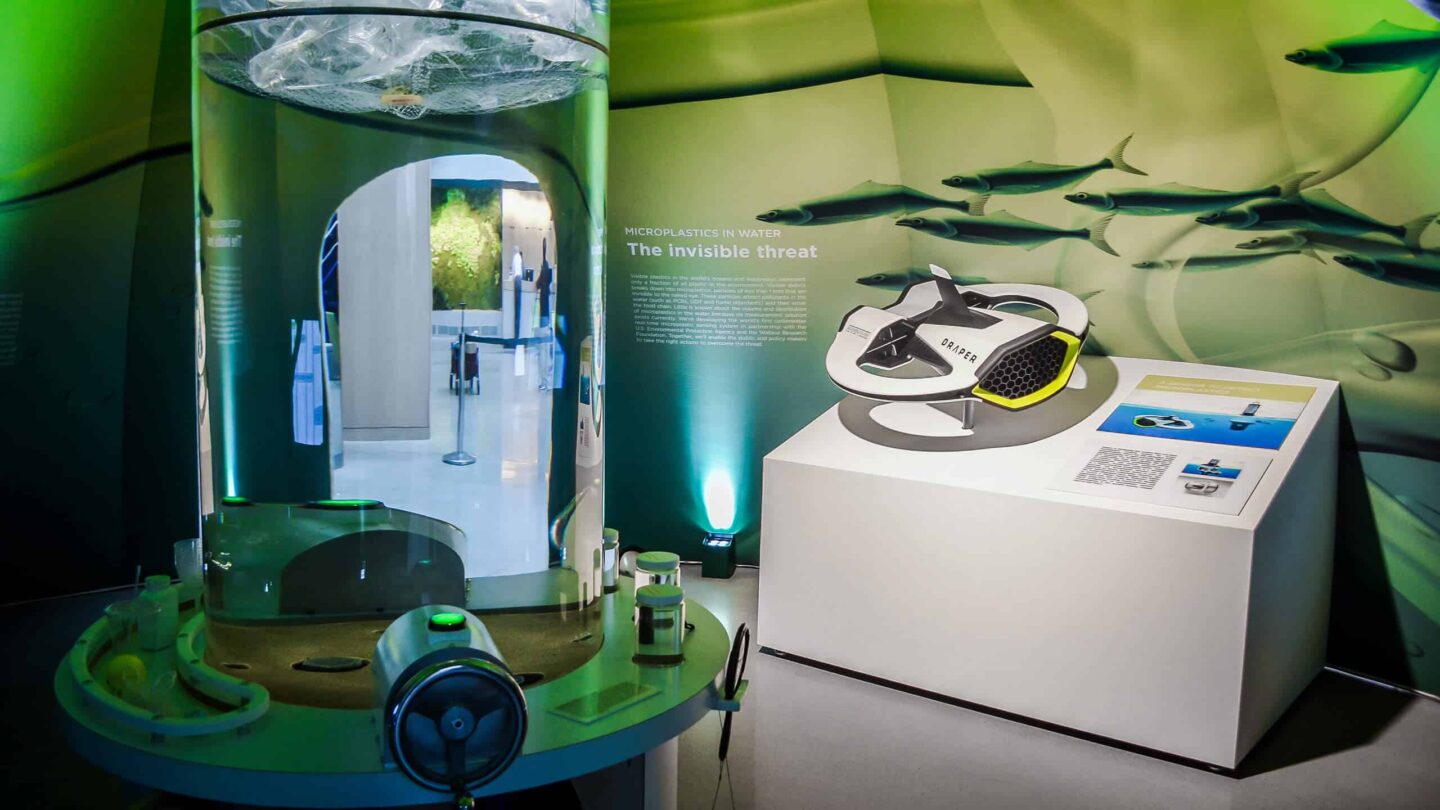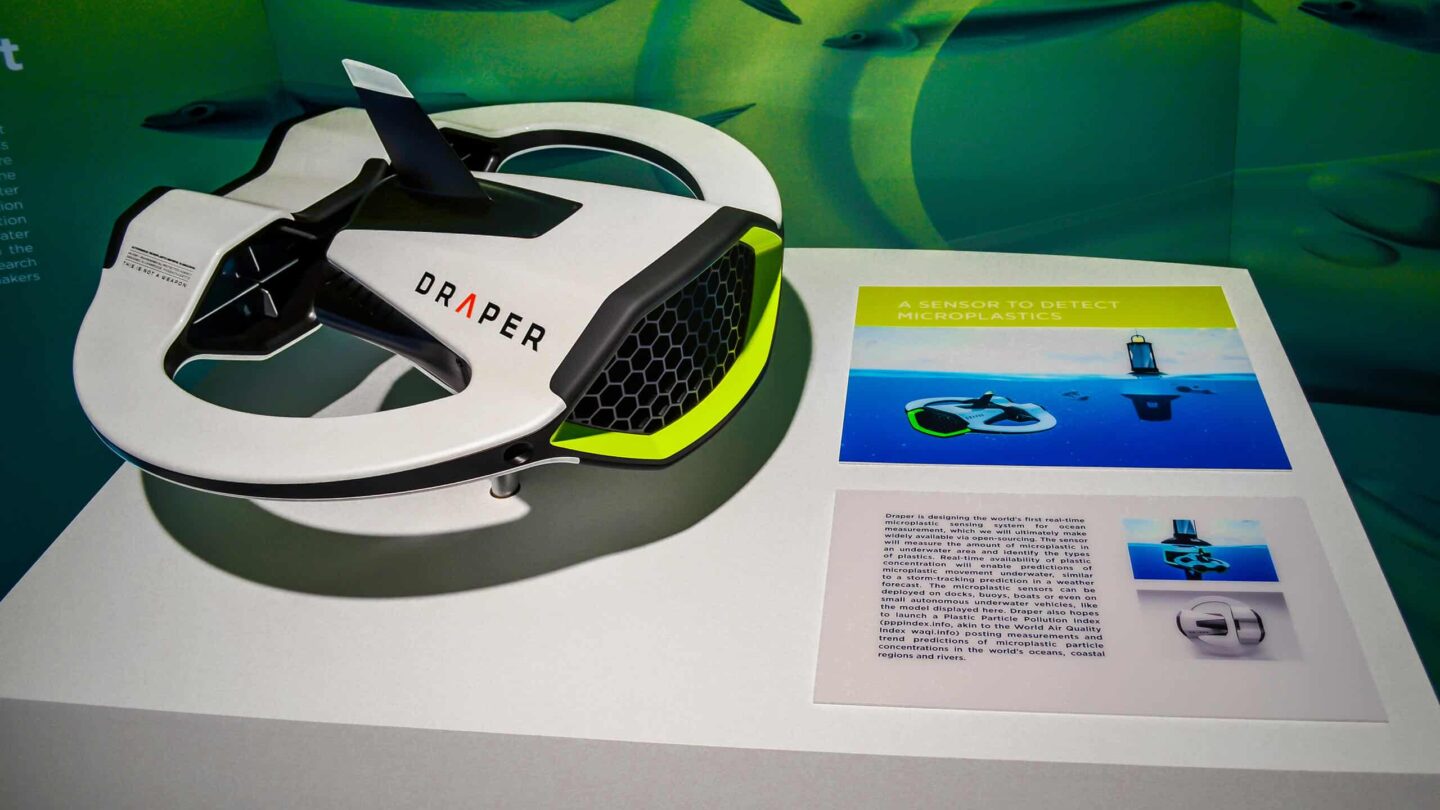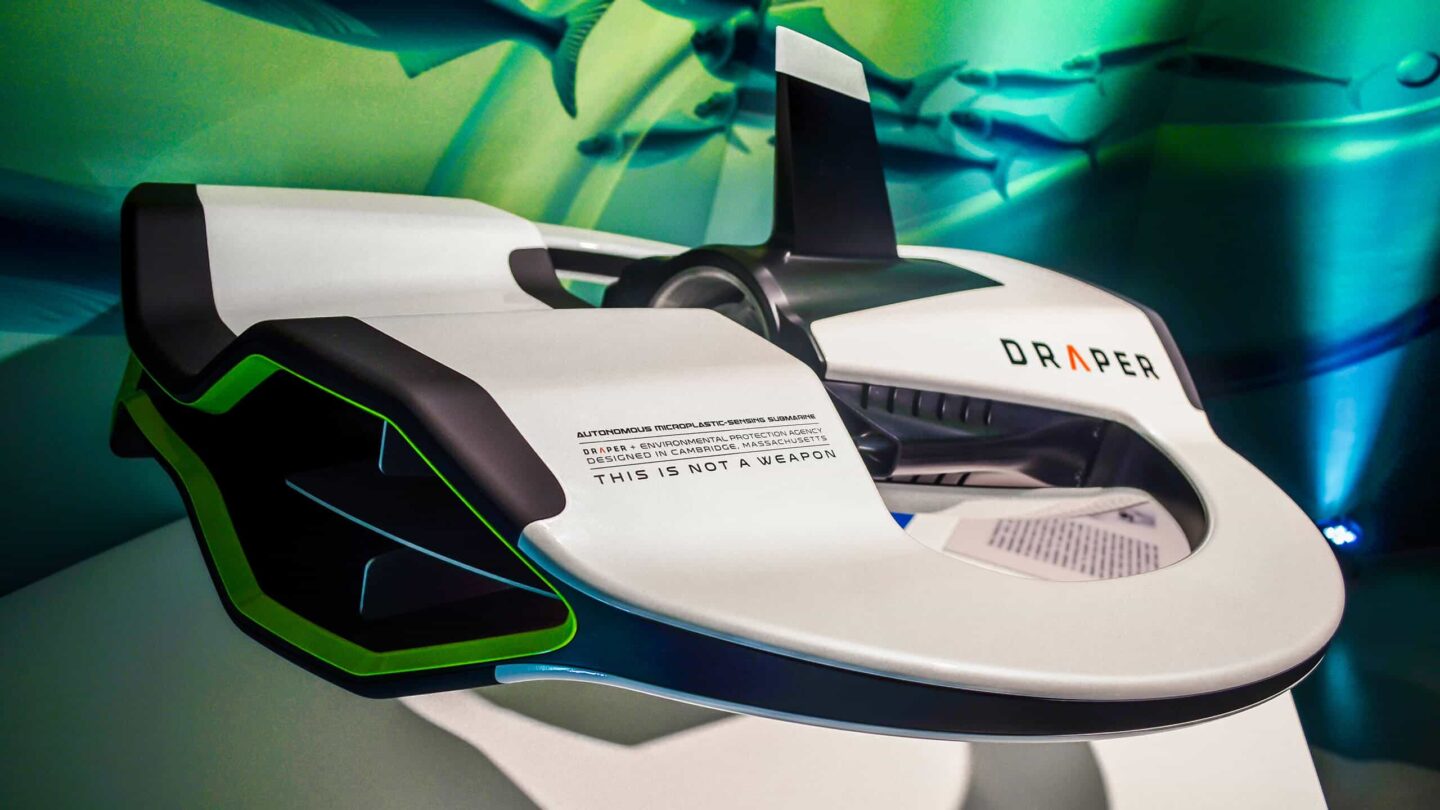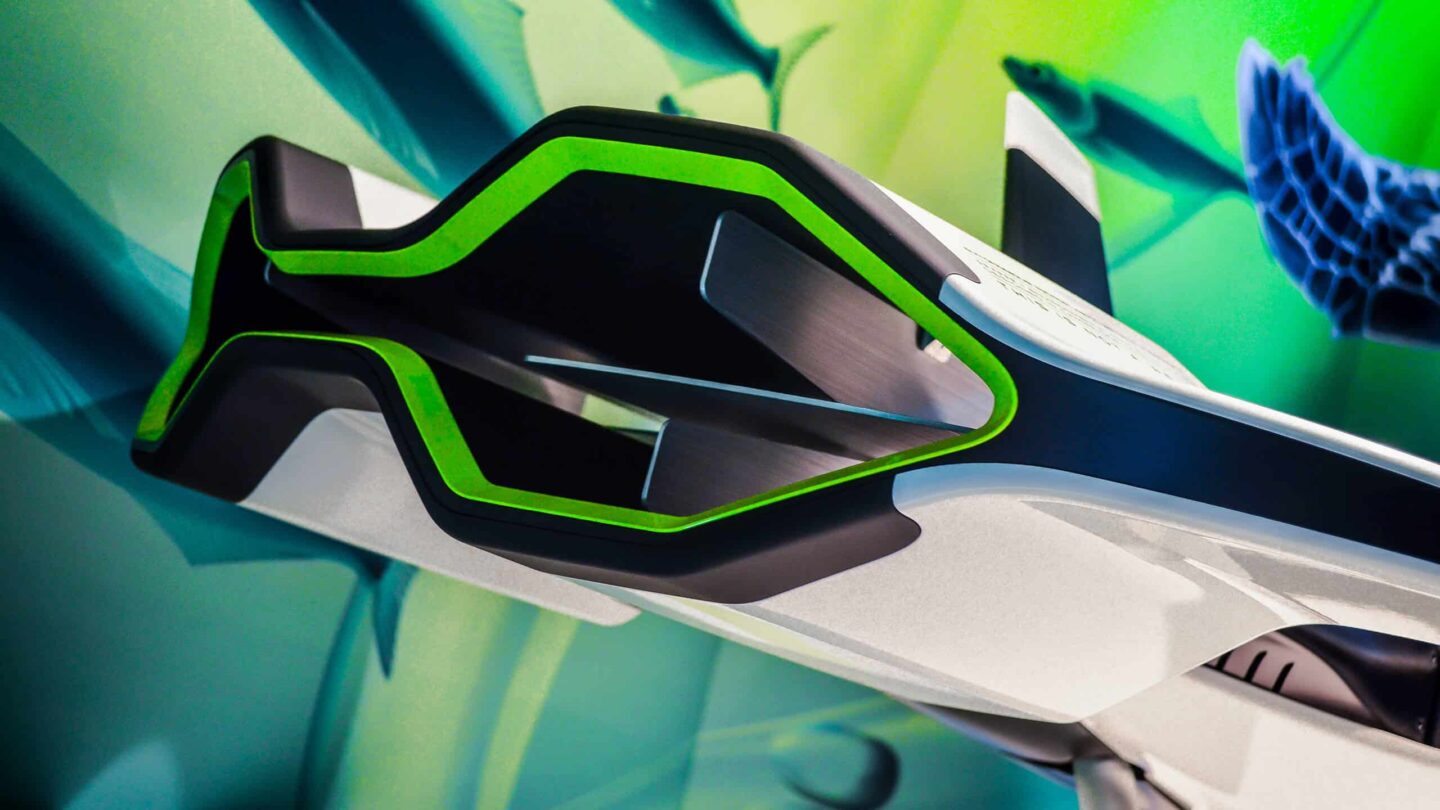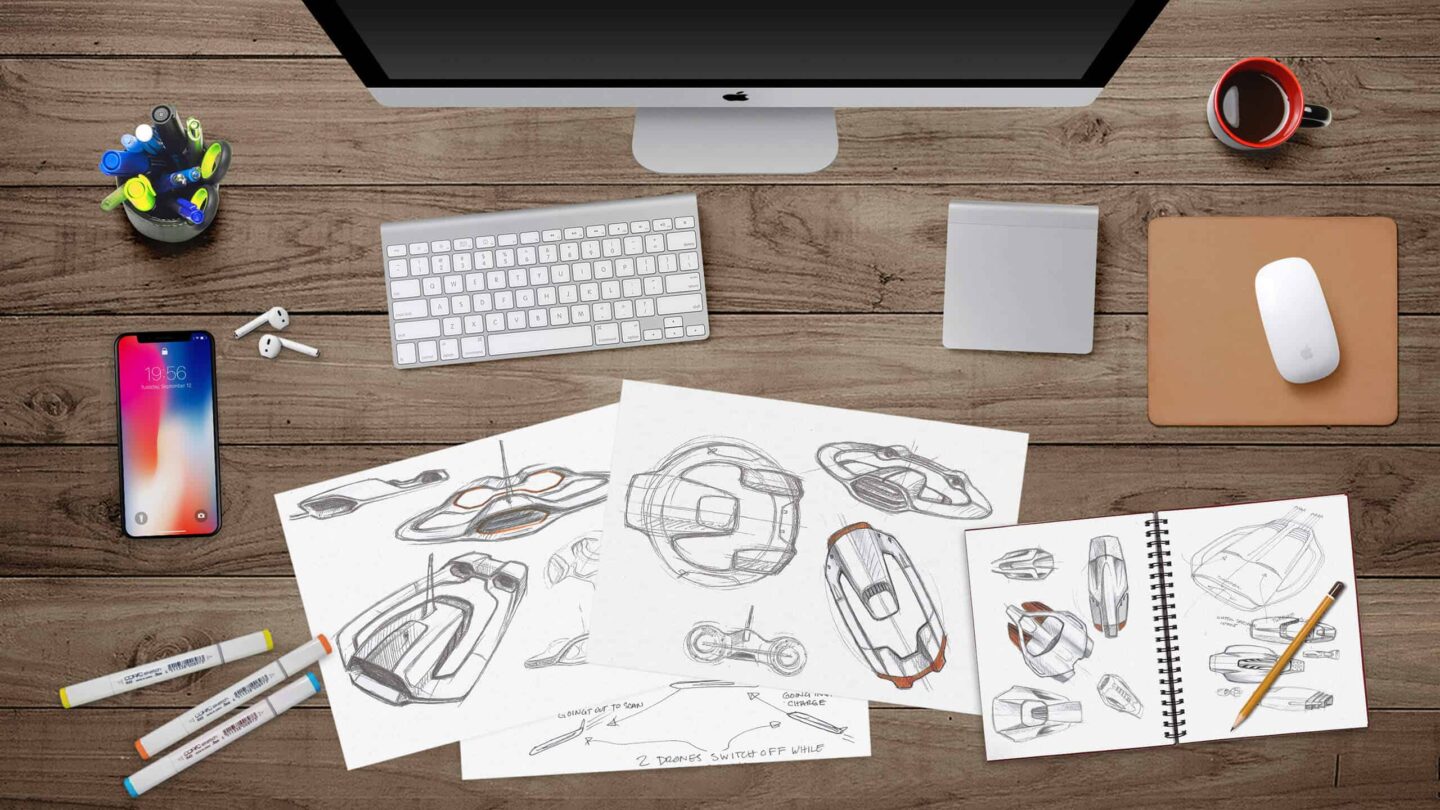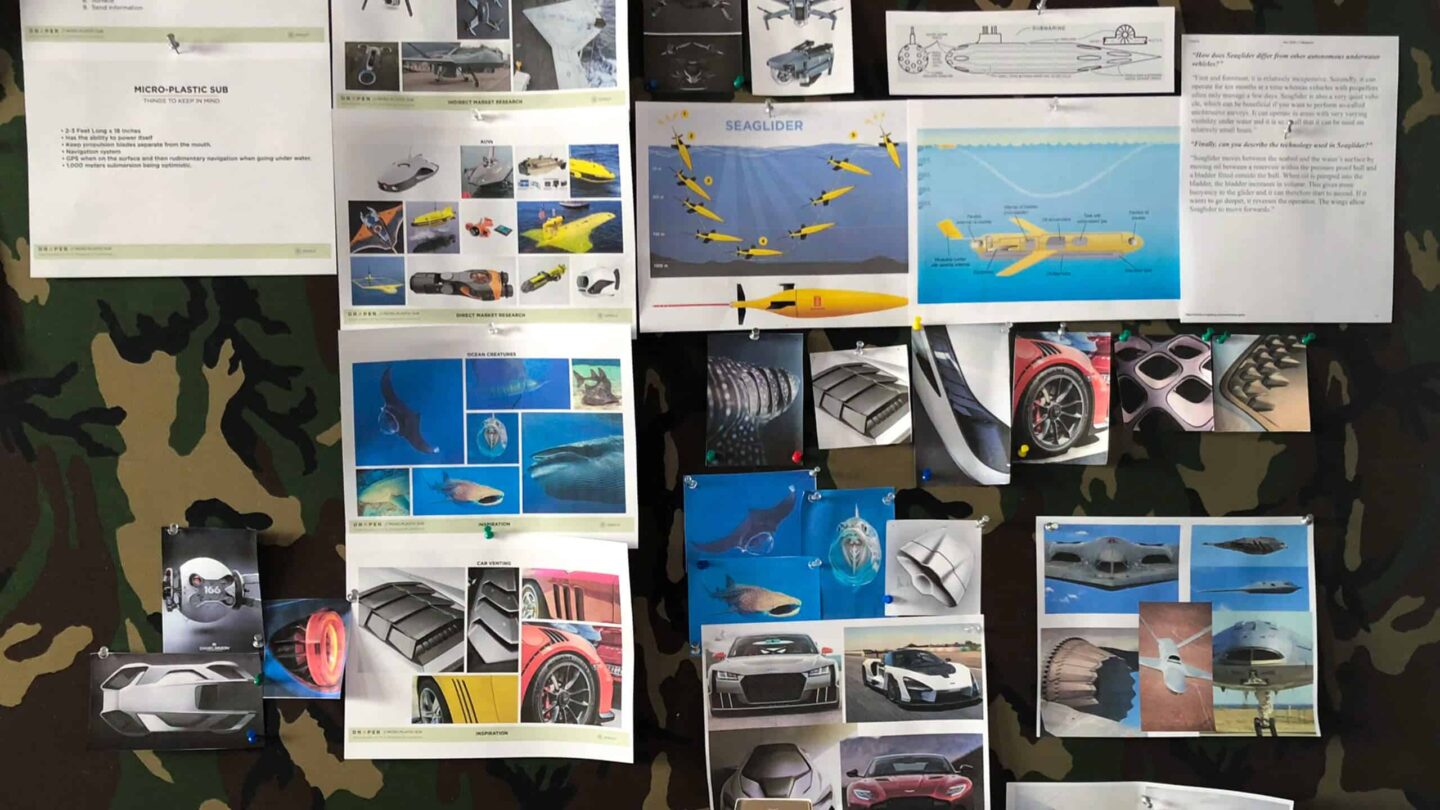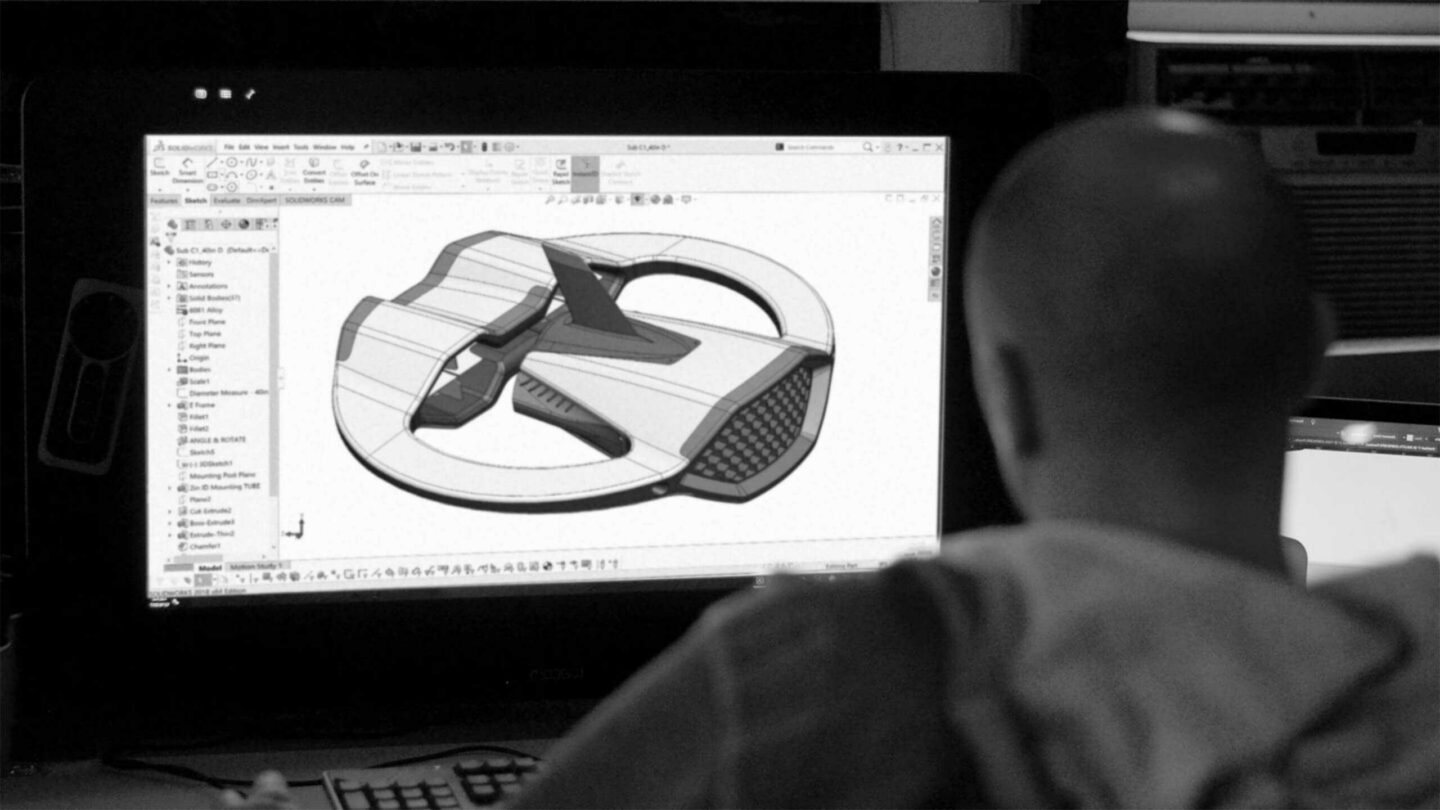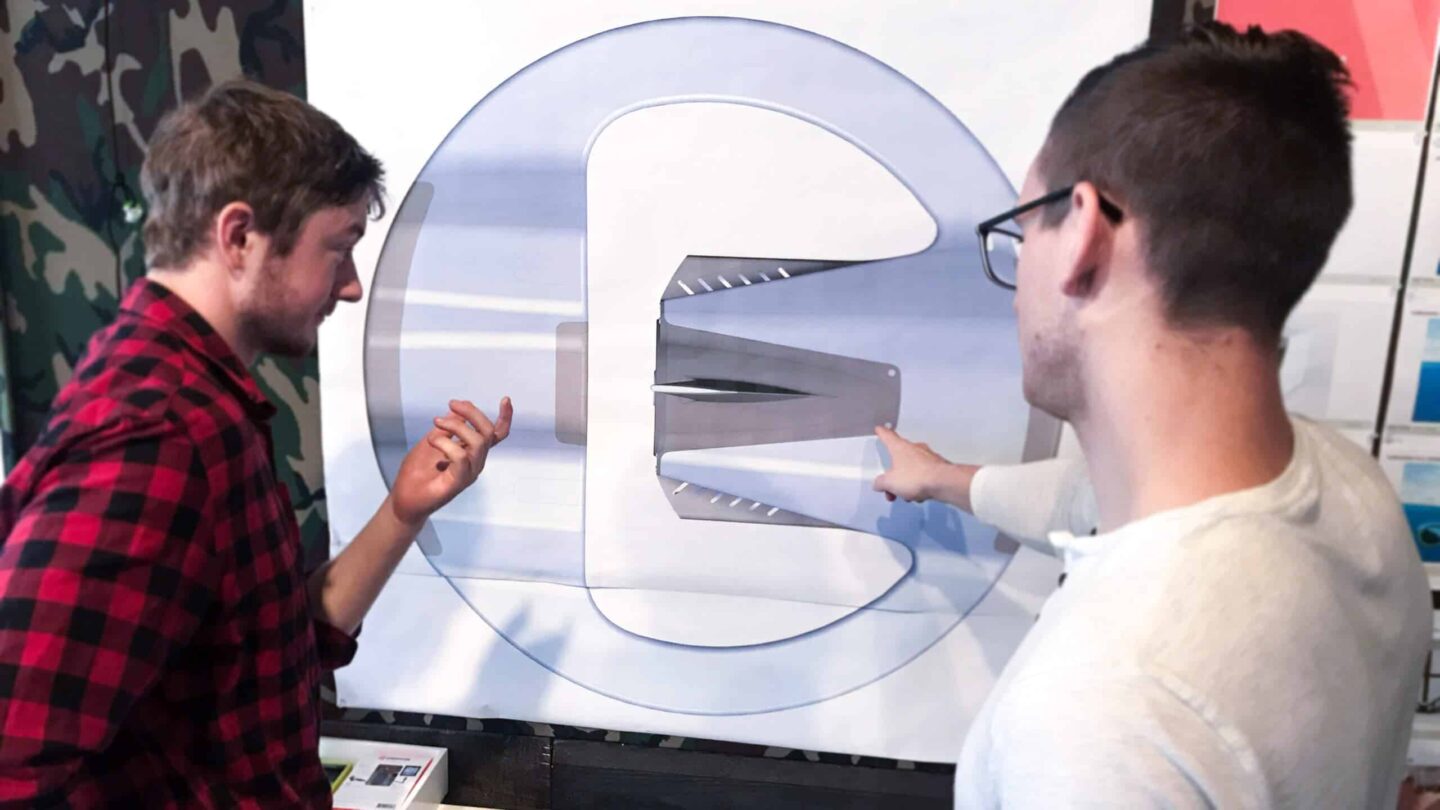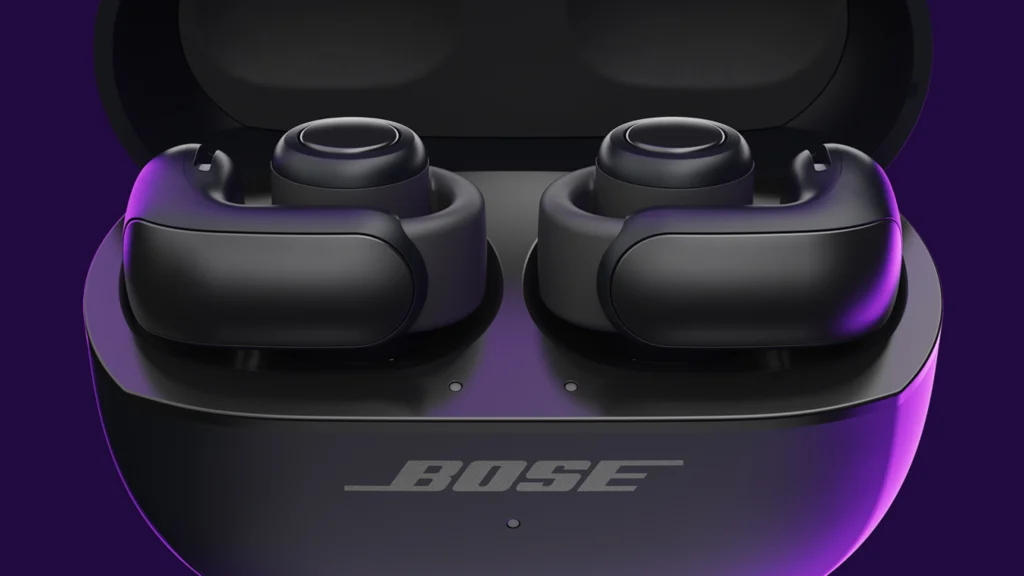Microplastic Sensing Drone
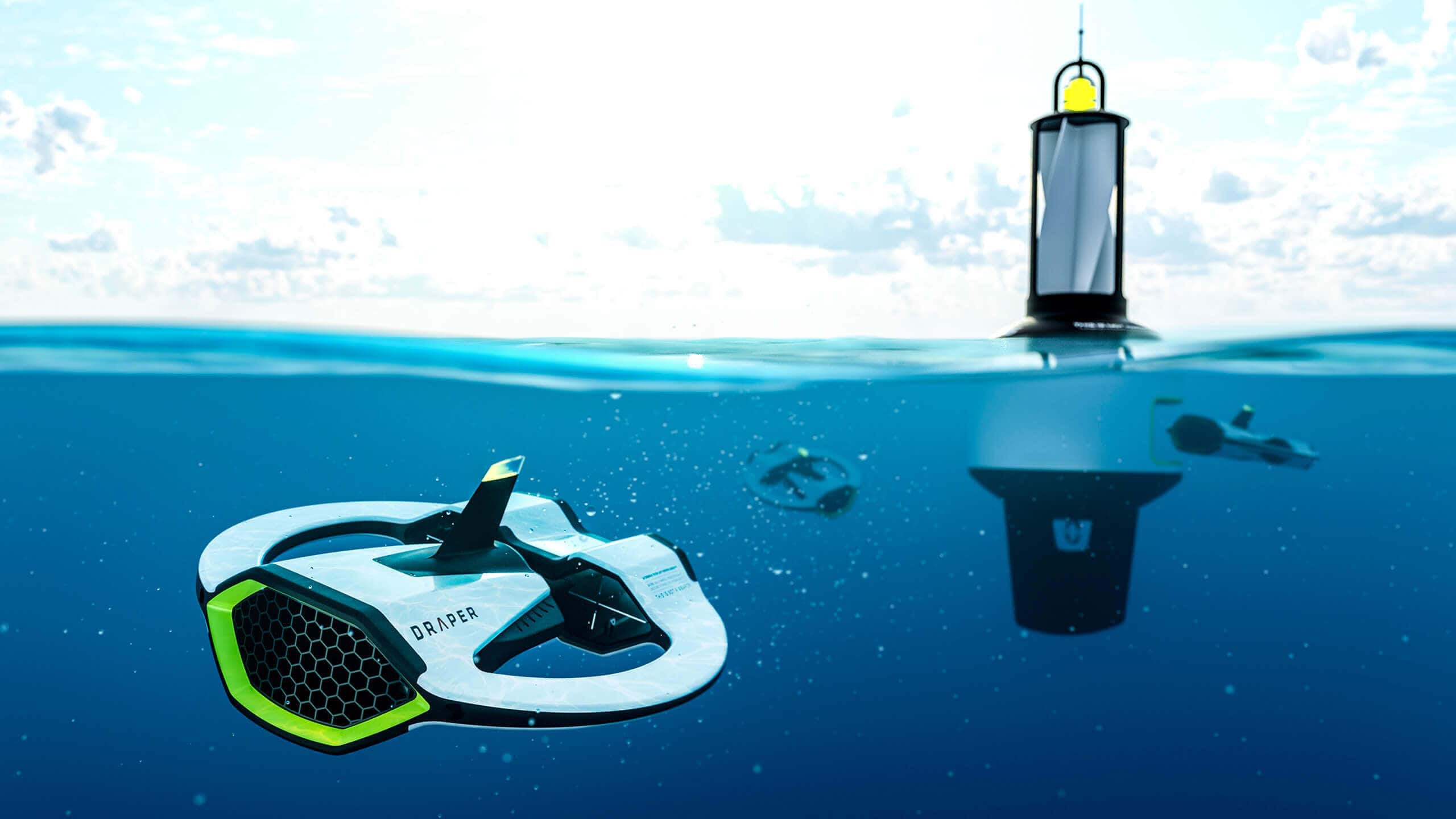
Microplastics, tiny particles nearly invisible to the eye, pose a growing threat to marine ecosystems and human health. While scientists understood the scale of the problem, they lacked an effective way to detect, analyze, and track these particles in real time. When Draper developed technology capable of identifying microplastics in aquatic environments, the Environmental Protection Agency (EPA) saw its potential. To bring the innovation from lab to field, Draper turned to Sprout to design a functional, field-ready autonomous underwater vehicle (AUV).
Read more
Our approach was to translate Draper’s sensing technology into a solution that balanced cutting-edge science with durability, ecological responsibility, and scalability. We collaborated closely with Draper’s scientists and engineers, ensuring the technology, mechanical systems, and industrial design worked seamlessly together.
Every design decision reflected the realities of marine environments. We selected integrated thrusters over rudders to safeguard aquatic life, shaped the chassis for safe transport and streamlined deployment, and incorporated a self-docking, wind-powered charging buoy to extend mission duration sustainably.
The result is the world’s first real-time microplastic-sensing drone. Skimming the top nine meters of water, where most microplastics accumulate, it identifies particle types, traces their sources, and visualizes data through location-based mapping. This enables researchers to track contamination trends, identify hotspots, and inform prevention strategies.
Beyond this product, we introduced CGI renderings into Draper’s R&D process, enabling rapid visualization and refinement without costly prototypes. We also established a flexible design language and modular architecture to guide future innovations.
The project earned recognition on TIME’s Best Inventions of the Year and Fast Company’s World Changing Ideas lists, while positioning Draper as a leader in applying advanced technology to urgent challenges.
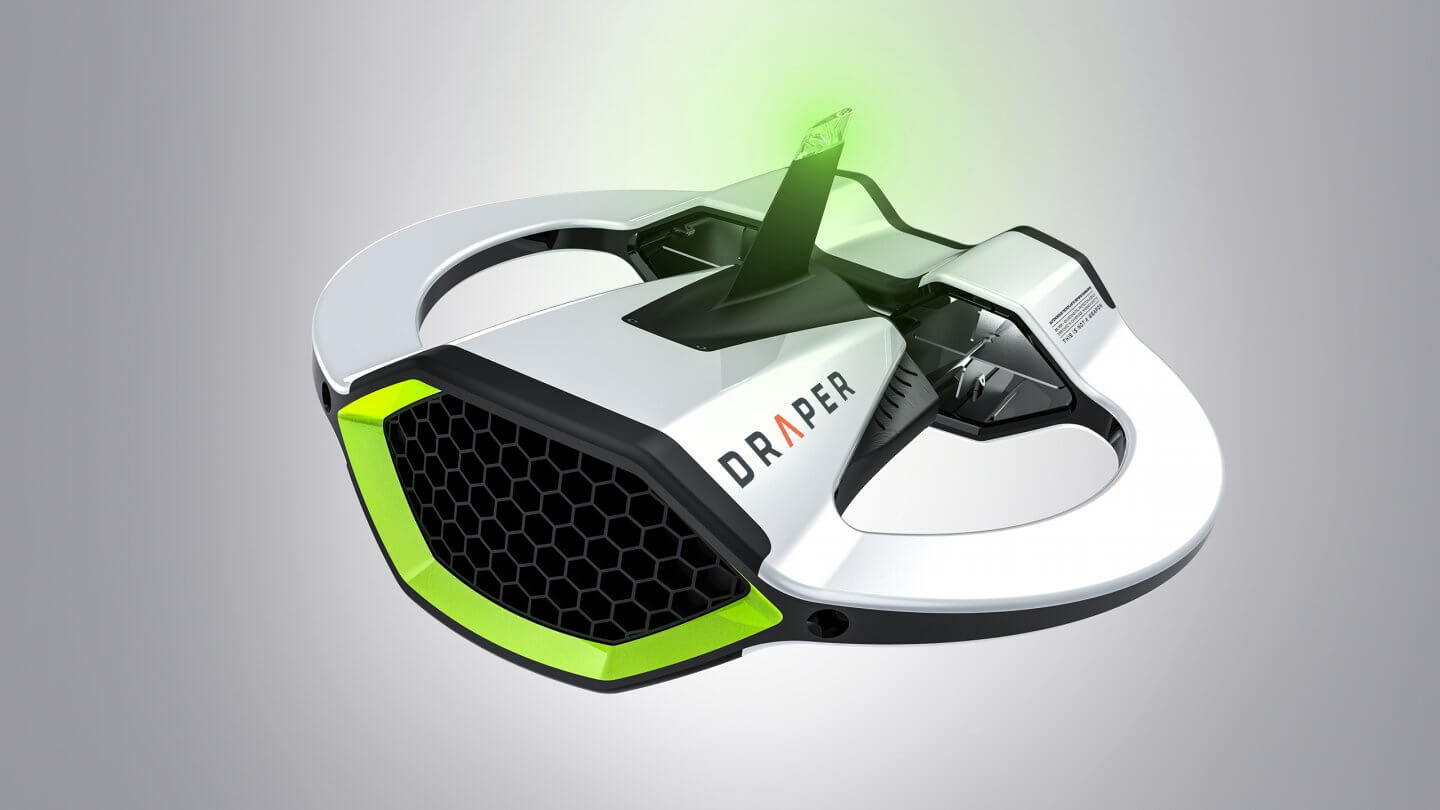
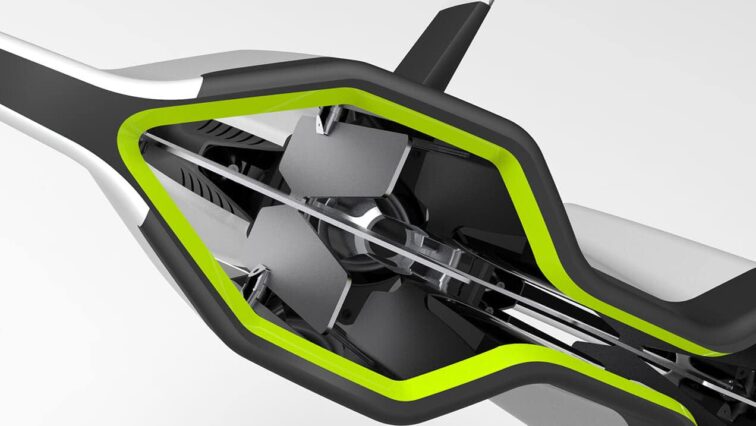
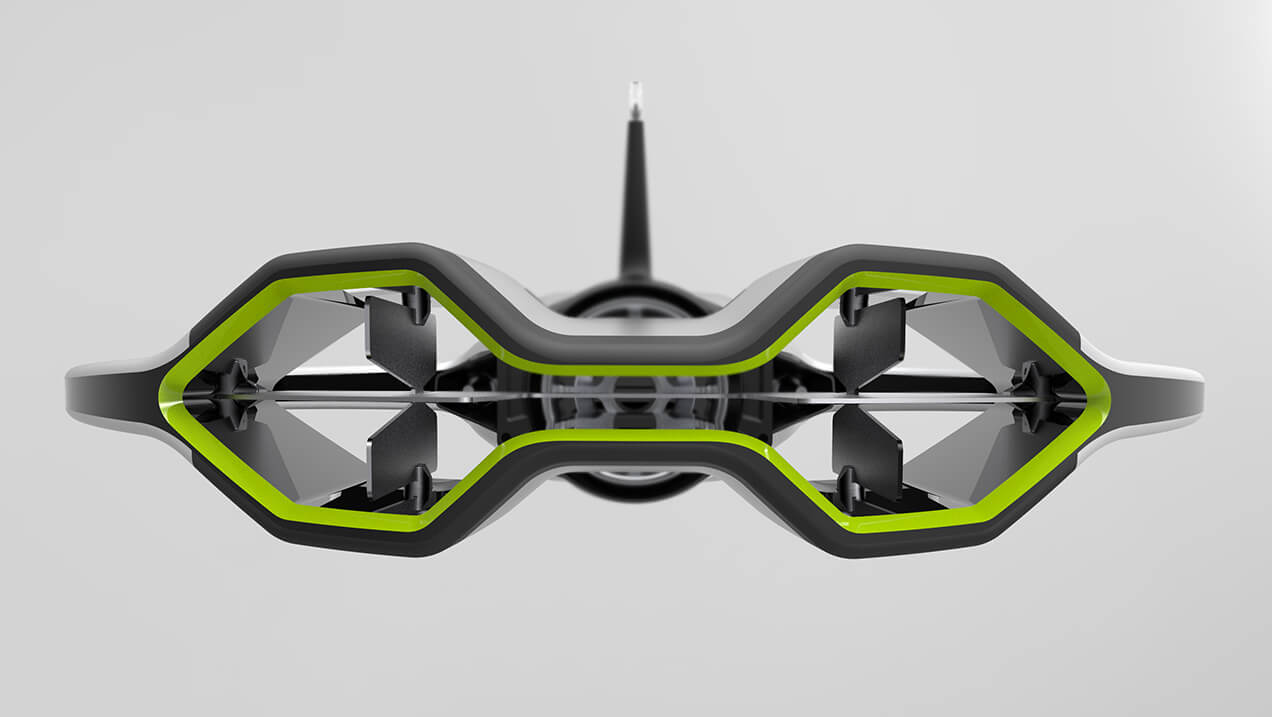
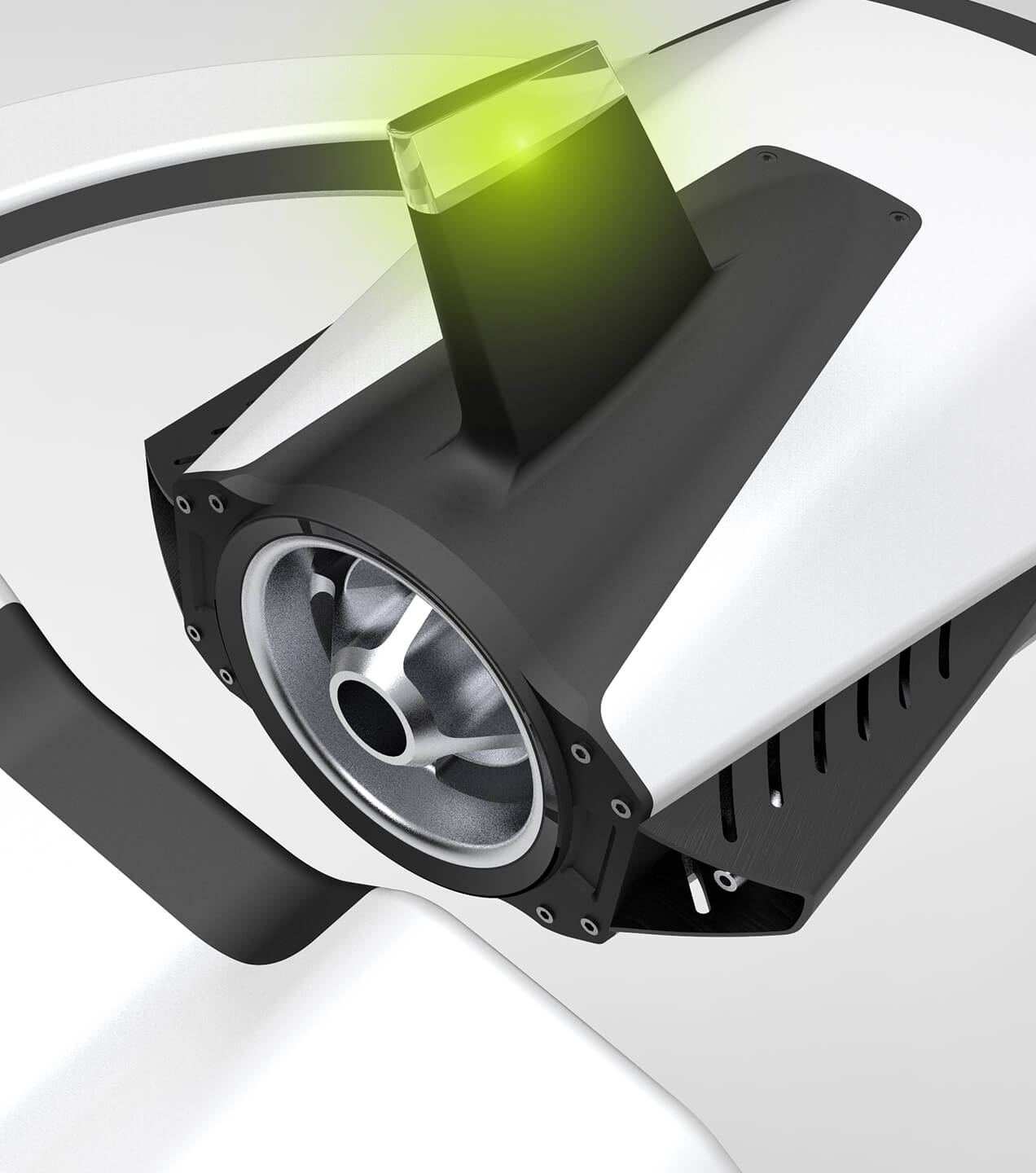
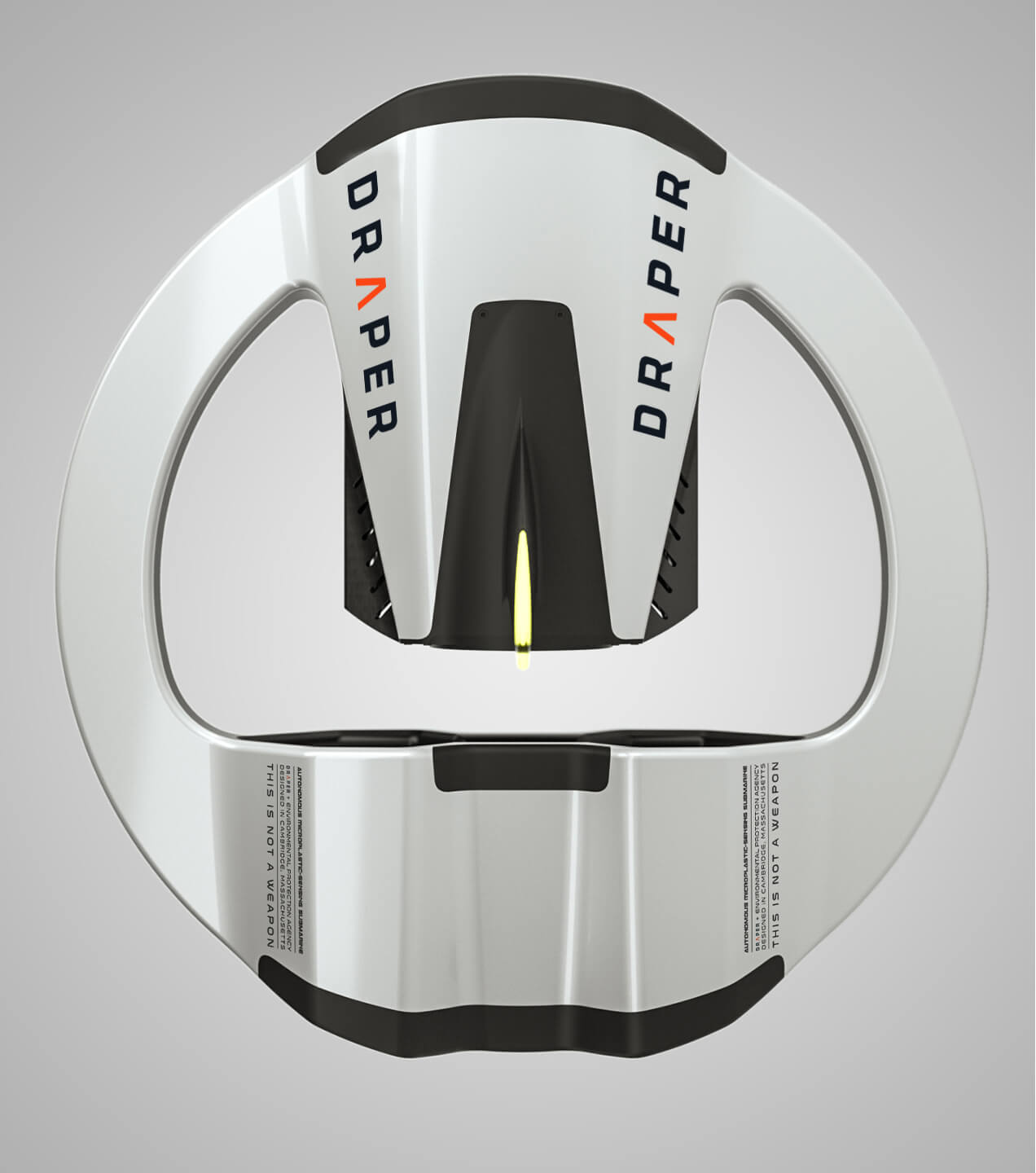
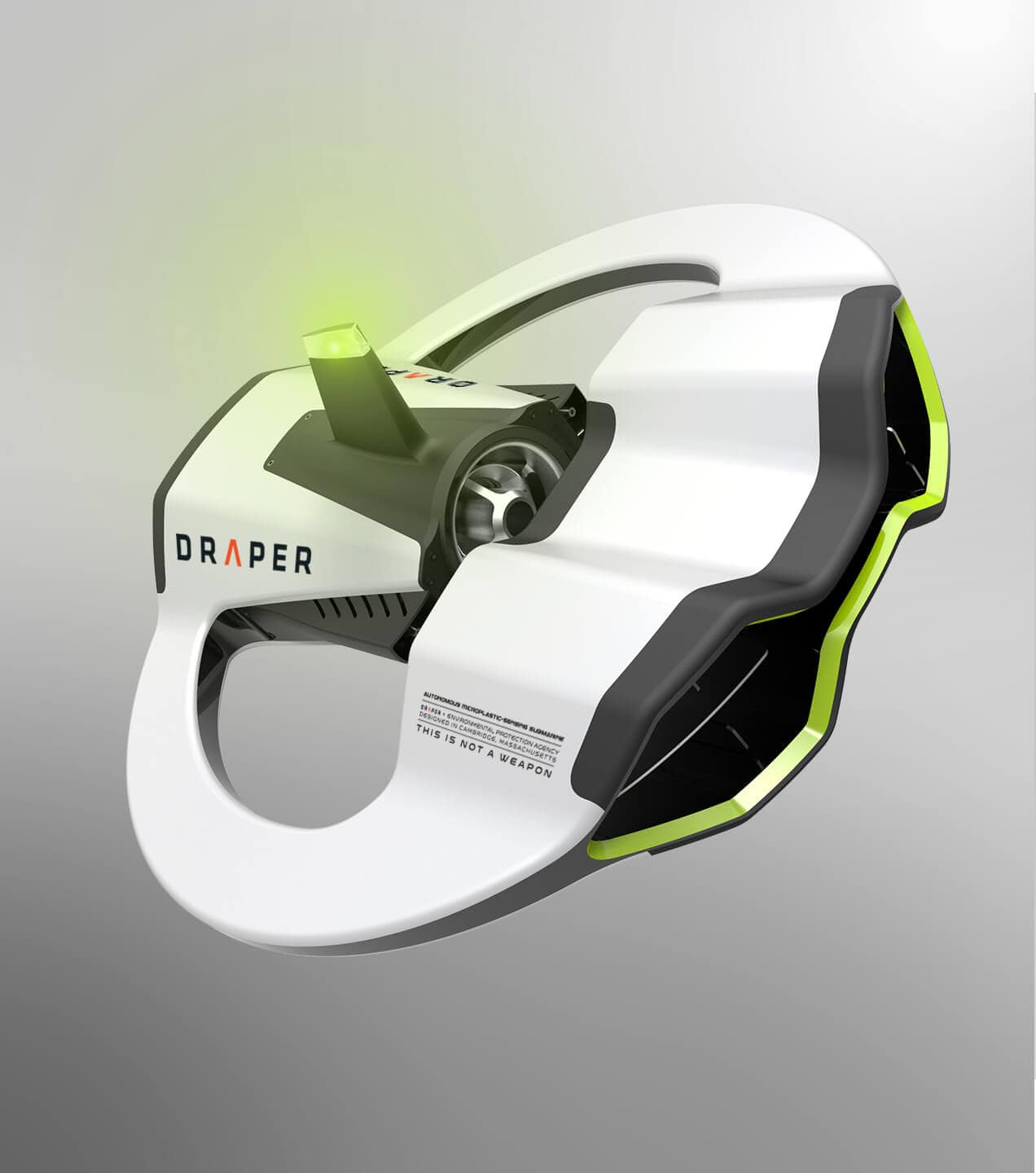
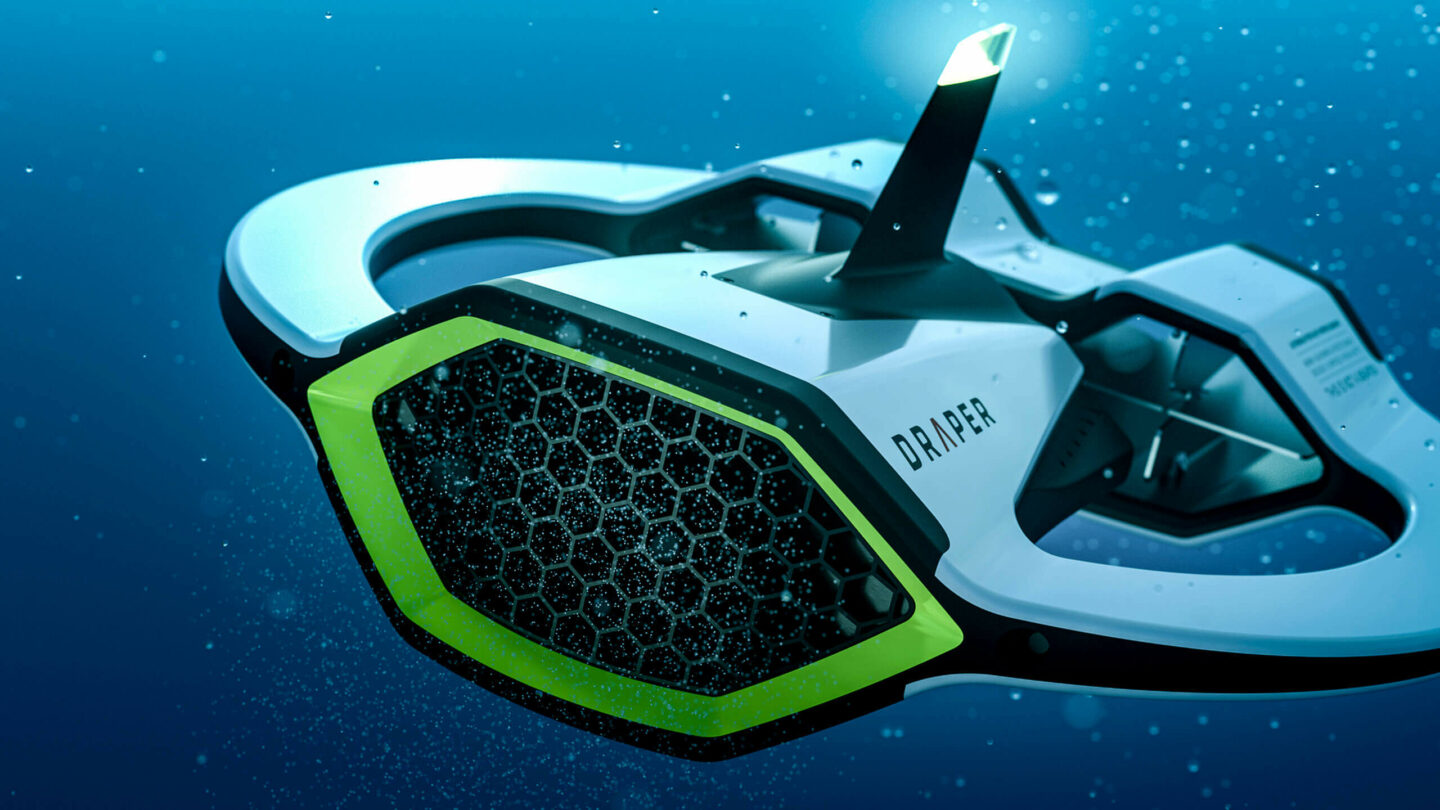
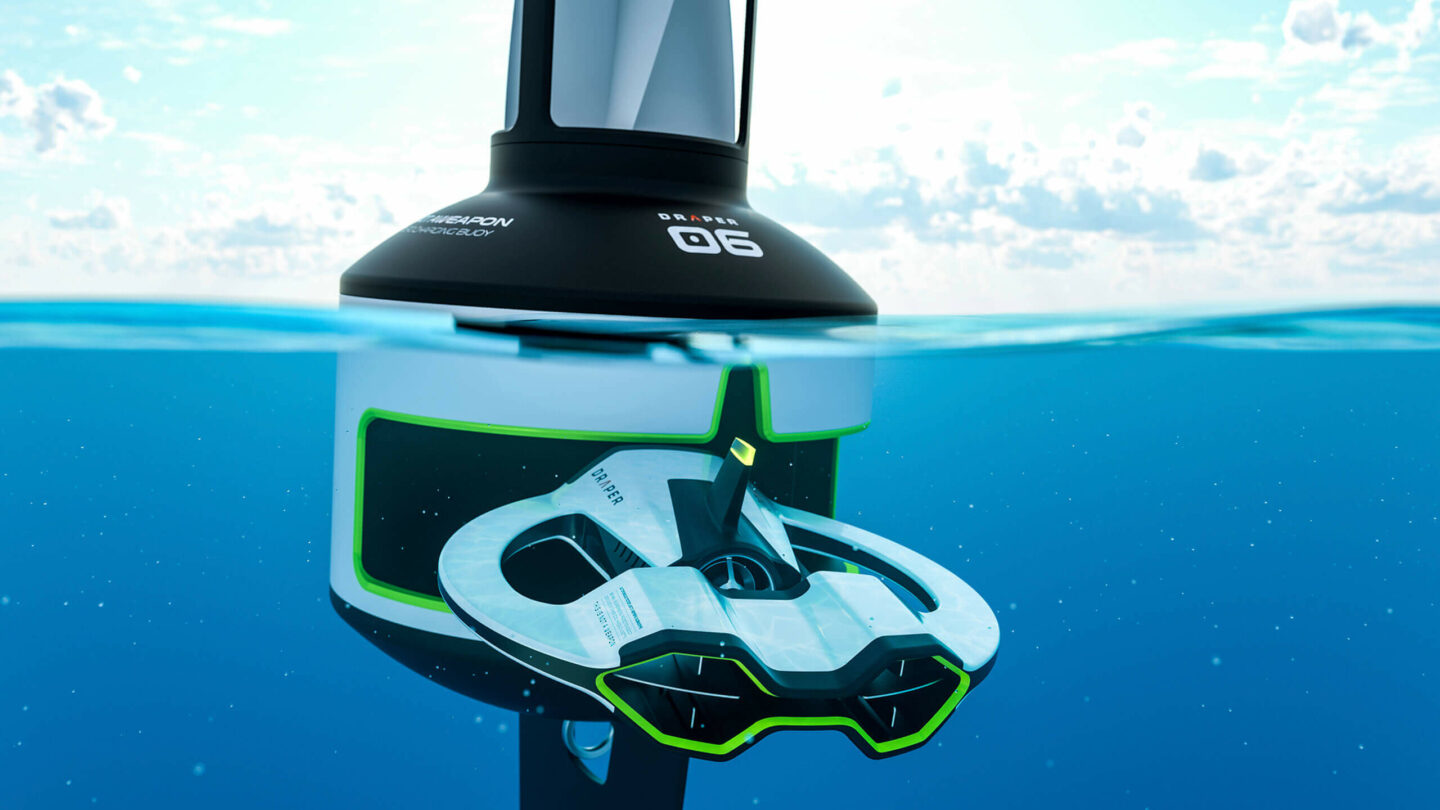
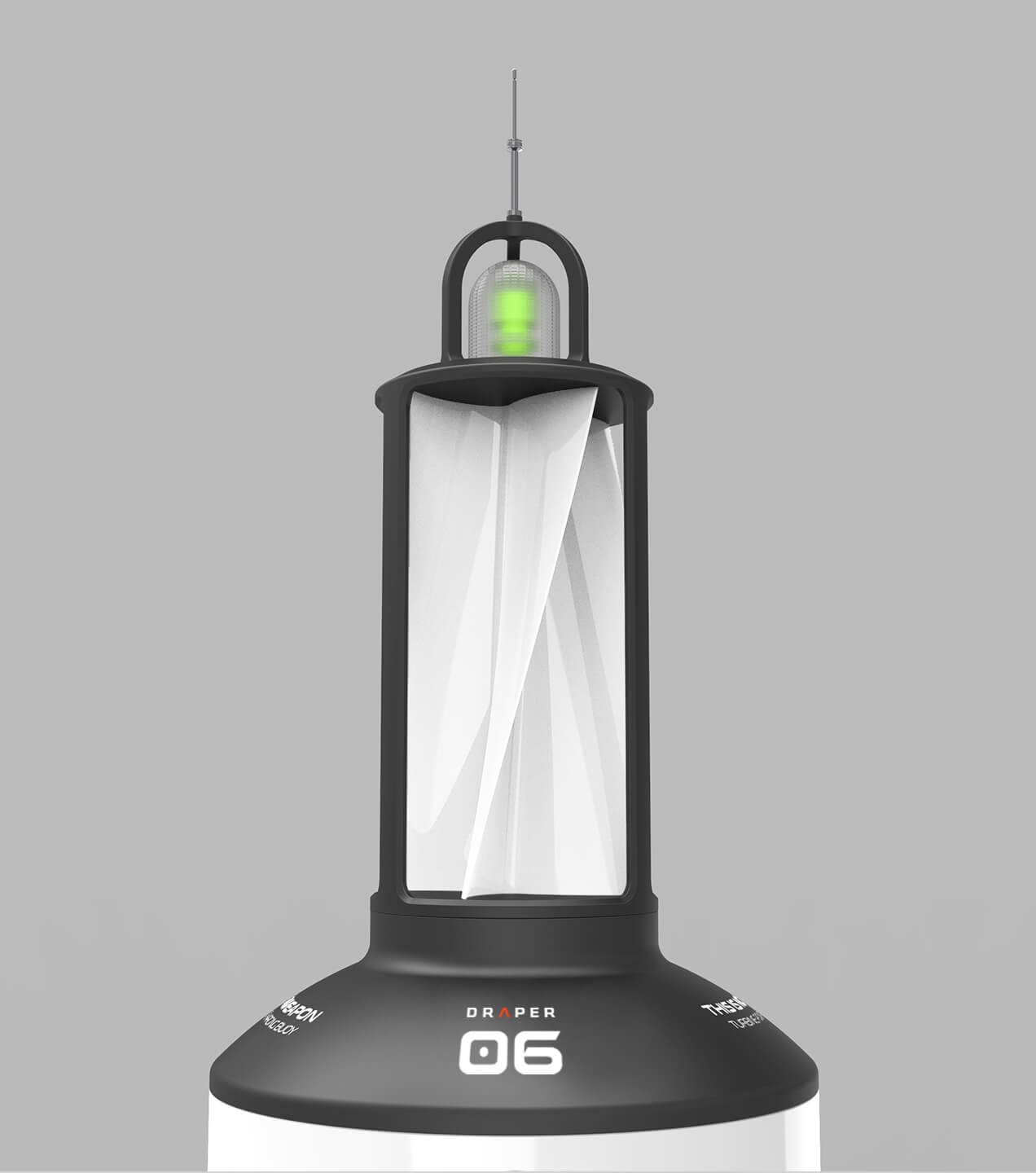
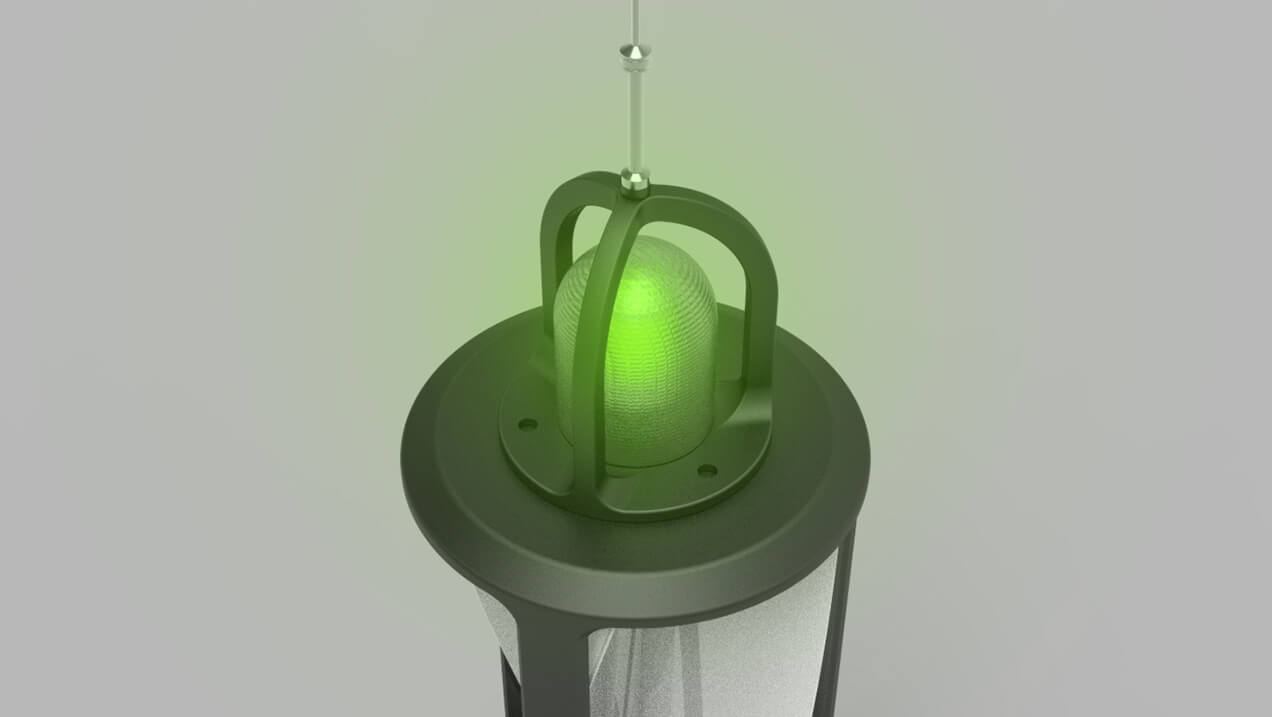
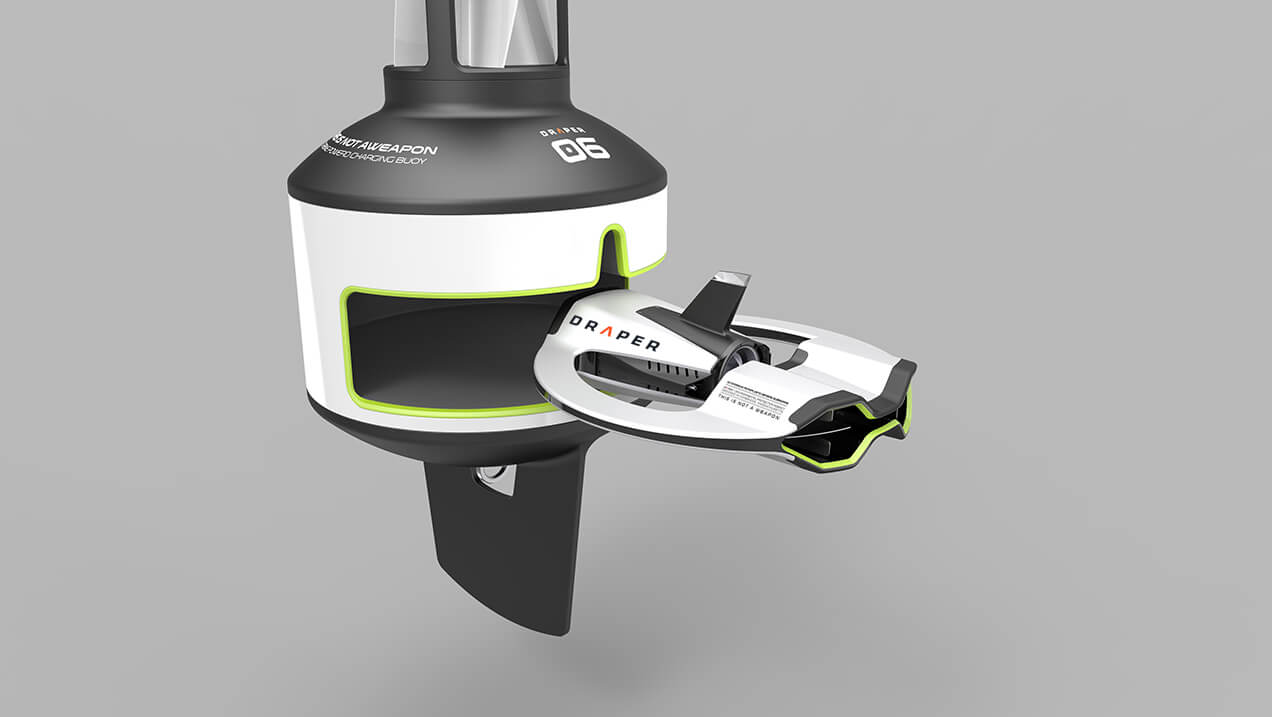
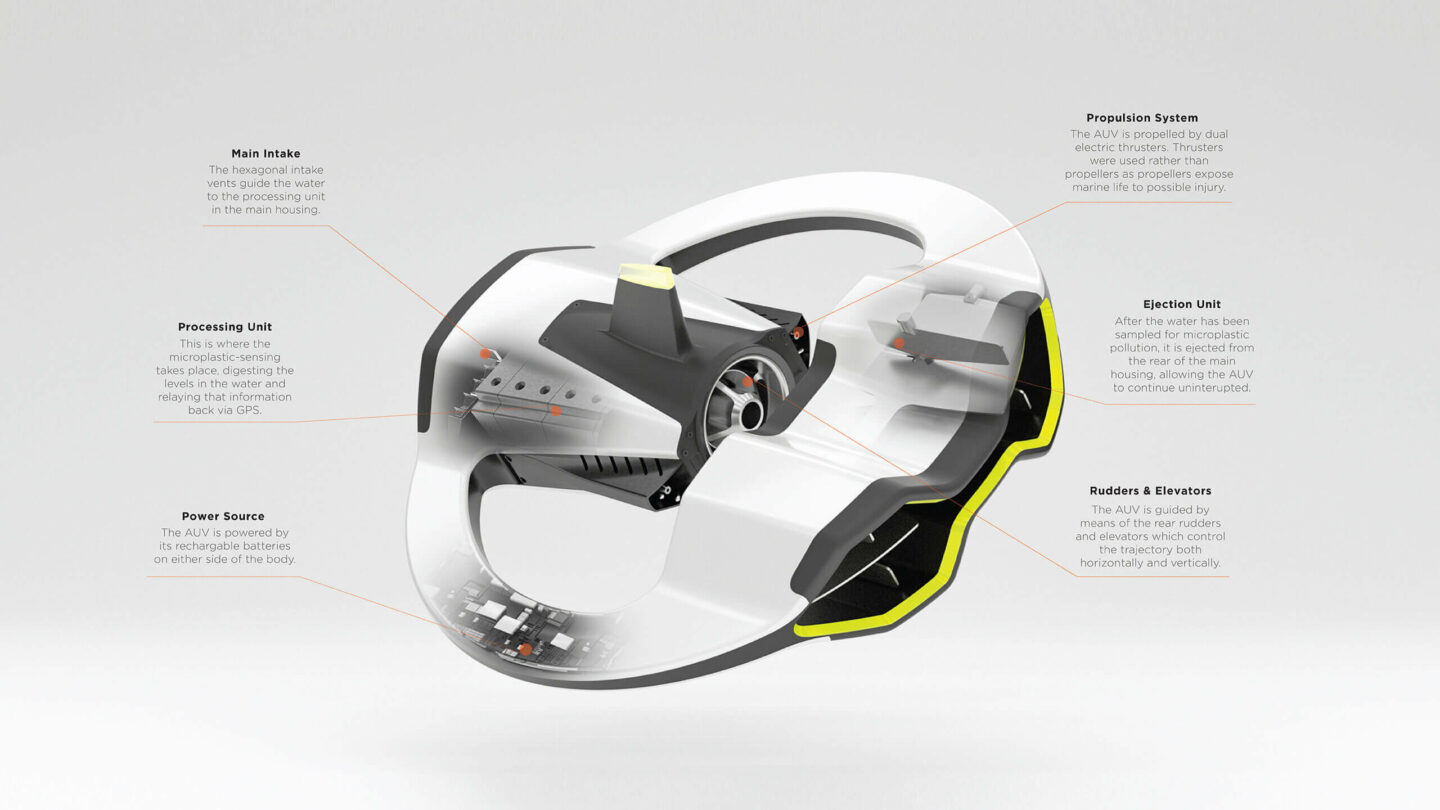
View case study
How we designed three award-winning
products that can save lives and change the world
